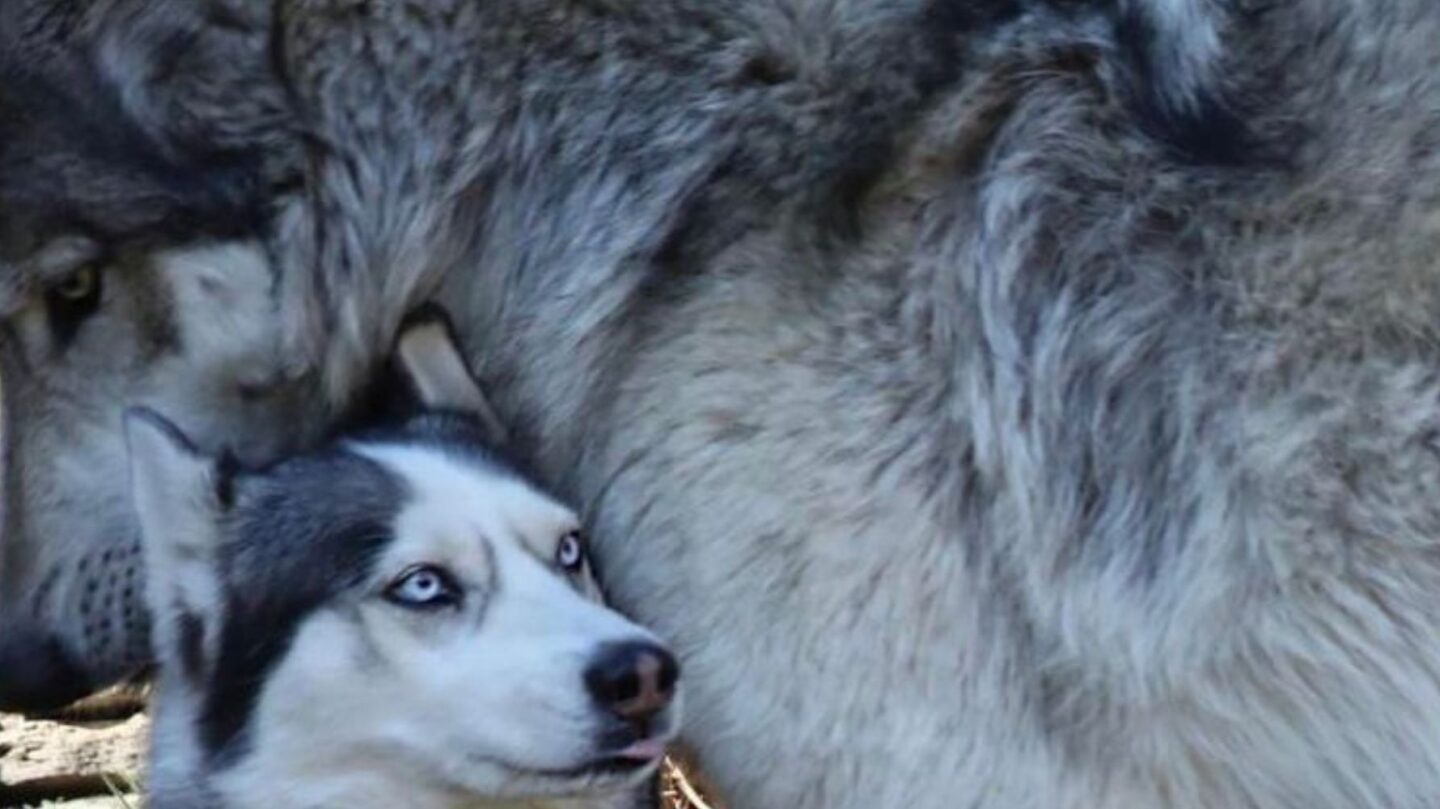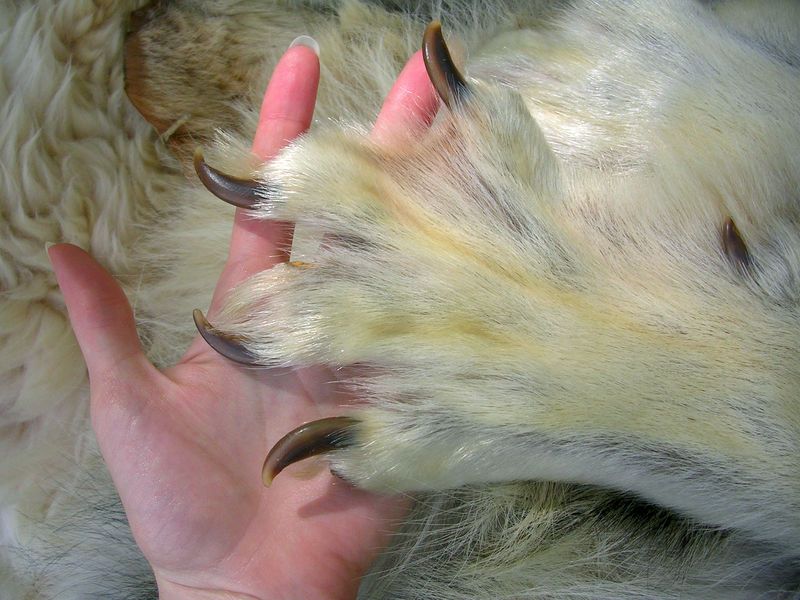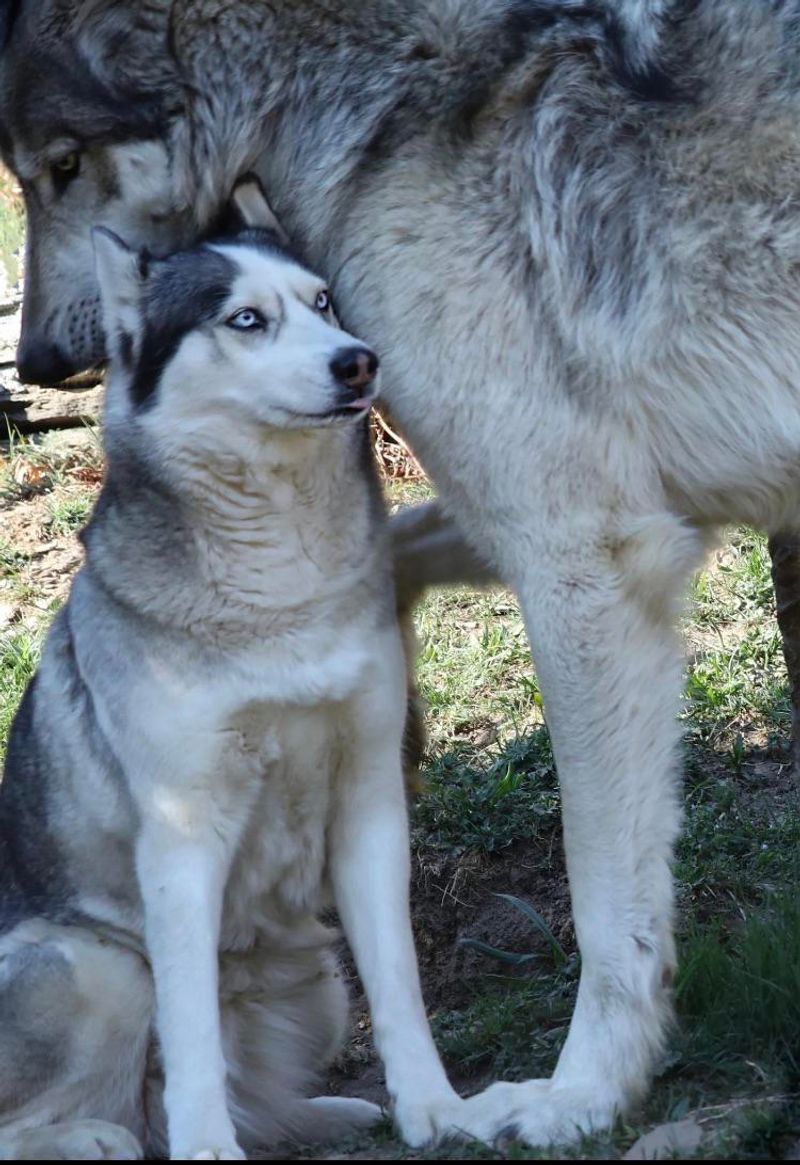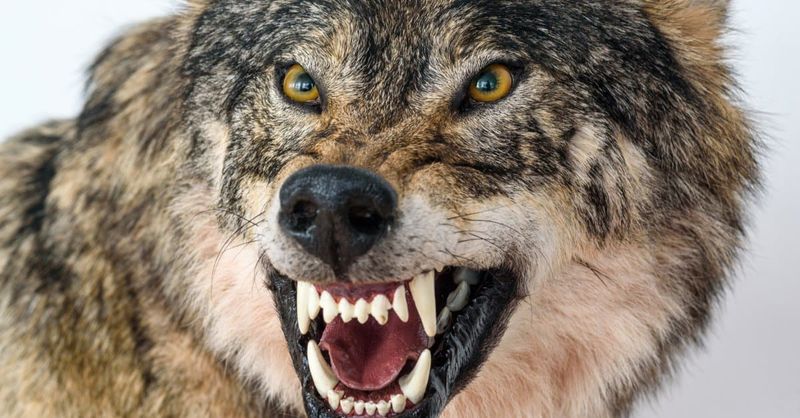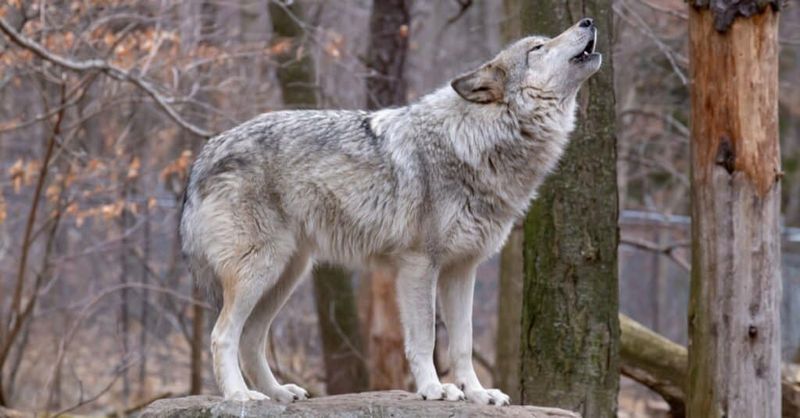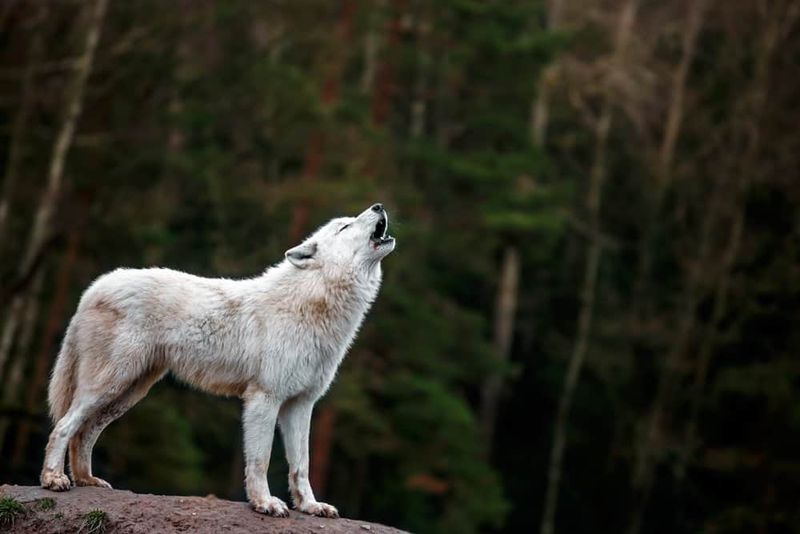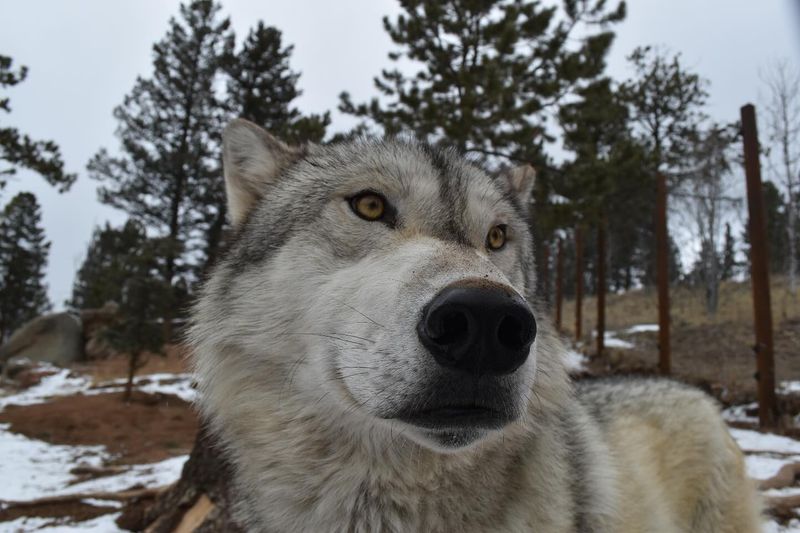When comparing wolves and domestic dogs, one of the most striking differences is their size. Wolves, the majestic ancestors of our beloved canine companions, exhibit remarkable physical characteristics that distinguish them from other members of the canine family. This article explores nine fascinating ways wolves outsize and outstand their domestic relatives.
Paw Size
A wolf’s paws are like snowshoes, designed to navigate the challenging terrains of the wild. These large, wide paws distribute weight evenly, making it easier for wolves to tread on snow and soft earth. Their webbed toes and strong claws provide stability and grip, essential for pursuing prey over long distances. In contrast, domestic dogs often have smaller, more delicate paws that suit urban environments. The sheer size and functionality of a wolf’s paw are testaments to its life in the untamed, where every step is a survival strategy.
Height and Length
Standing tall, wolves are undeniably more imposing than most domestic dogs. With long legs and a stretched body, wolves are built for endurance and speed, crucial for hunting in the wild. Their height and length allow them to cover vast distances swiftly, chasing prey with relentless determination. While some large dog breeds come close, the average wolf surpasses most canines in stature. This difference in dimensions is a reflection of their wild origins, where every inch counts in the race for survival.
Teeth Size
The fearsome dentition of a wolf is a marvel of nature. With larger, sharper teeth, wolves are equipped to tear into their prey efficiently. Their canines, capable of exerting immense pressure, are tools of survival in the wild. Domestic dogs, on the other hand, have varied dentition, often smaller and less formidable. Many breeds have been selectively bred for appearance over function, leading to reduced tooth size. The wolf’s teeth are a stark reminder of its predatory heritage, a feature that commands respect and awe.
Tail Length
The wolf’s tail is not just a bushy adornment; it’s a vital tool for communication and balance. Longer than many dog breeds, a wolf’s tail helps in swift maneuvers and signaling pack members. Its bushy nature aids in keeping warm during harsh winters, covering the wolf’s face while sleeping. In contrast, many domestic dogs have shorter tails, sometimes even docked. The length and function of a wolf’s tail are integral to its survival, showcasing the adaptability and intelligence of these magnificent creatures.
Ear Size
Wolves sport large, pointed ears that are finely tuned to catch the slightest sounds of the wilderness. These ears pivot to capture noises from various directions, crucial for hunting and communication. In contrast, domestic dogs have a range of ear shapes and sizes, often bred for aesthetic purposes rather than survival. A wolf’s ears are tools of precision, designed for a life where every rustle could mean a meal or a threat. This auditory advantage highlights the evolutionary path wolves have trekked, honing their senses to perfection.
Body Mass
A wolf’s body is a testament to raw power, with dense muscles built for the hunt. They possess a lean yet robust physique that supports their active, predatory lifestyle. While some domestic dogs are bred to be muscular, the average pet dog lacks the same proportion of muscle mass. The wolf’s compact, efficient body is crafted by nature’s demand for survival, an enduring symbol of strength and agility. This muscular build enables wolves to take down prey much larger than themselves, a feat many dogs couldn’t achieve.
Sense of Smell
While both wolves and dogs have impressive olfactory abilities, wolves hold the edge with a more acute sense of smell. This heightened sense is pivotal for tracking prey, recognizing pack members, and sensing danger. The vast landscapes wolves roam require them to detect scents from miles away. Domestic dogs, though skilled sniffers, often have diluted abilities due to selective breeding. The wolf’s nose is a finely tuned instrument, a compass guiding them through the complexities of their natural habitat.
Lifespan in the Wild
Wolves typically live shorter lives in the wild compared to domestic dogs. The harsh realities of nature, including hunting challenges and environmental threats, contribute to their limited lifespan. However, in captivity, wolves can live longer, often matching or exceeding the lifespan of some dog breeds. Domestic dogs benefit from human care, often leading longer, healthier lives. This contrast in lifespans highlights the trials and tribulations wolves face in their natural habitats, a life of risk and untamed beauty.
